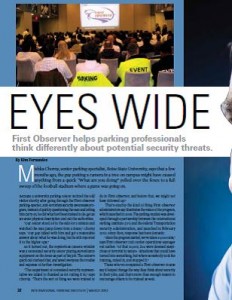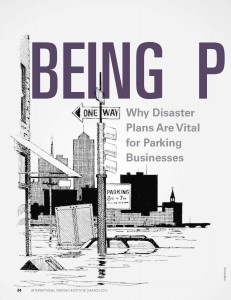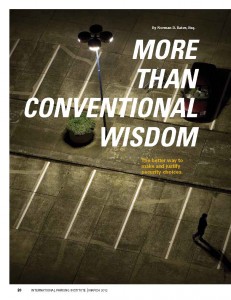It’s not every day that a person can boast about being a crime fighter or helping thwart experienced criminals, but people are doing so across the nation. With a simple concept in mind, growing populations have taken a stand to fight auto theft by just being aware. “Hide your things, lock your car, and take your keys” is the phrase that is making all of this happen without using negative language that can make patrons nervous about leaving their cars.
Hide Lock Take (HLT), made its debut at a 2004 police crime prevention demonstration in Dallas. When crime was at an all-time high and departments all over were investing in many ideas and concepts to help stop vehicle burglaries, the small program started spreading. Within the city limits, yellow, black, and red signs were placed in high traffic areas and parking lots. The signs featured the phrase that caught the eyes and attention of those who chose to park in those areas. What seems to be a simple and obvious solution became precisely that. Crime does not have to be fought by police reports and detectives; true crime fighting starts with the average citizen.
During the early 2000s, Texas experienced 500,000 auto burglaries and thefts. Large cities were hit the hardest by this crime wave. Once the Dallas Police Department took on HLT, vehicle crimes were reported to have decreased by more than 80 percent. From there, surrounding cities took on the awareness campaign with similar success.
Shopping areas, parks, fitness centers, schools, theaters, stadiums, and other locations where patrons stay for an hour or longer at a time are top on the list for criminals. Mounting the signs in these areas on poles or directly to the wall in plain sight gives everyone the reminder to lock their cars and hide their valuables. HLT signs are also an easy solution for parking garages to prevent any problems or potential problem areas. When criminals notice that vehicles in an area are lacking the easy smash and grab items or unlocked doors, they move on and rarely return.
Cities and neighborhoods with low crime are the most desired by thieves. College towns, with their high concentrations of vehicles and busy college students who are not always aware of what is in their cars are high targets as well. Custom signs with the awareness messages were produced in several areas and rolled out onto campuses and into neighborhoods, reminding everyone to just be smart and aware. As a result, college towns began to notice a difference they attributed to the program’s message. Displaying the HLT signs was all it took for the message to make its way into the minds of the citizens.
After spreading across Texas cities down to the Gulf by way of police conventions and crime prevention gatherings, HLT grew beyond signage and launched www.hidelocktake.com. Using email, web marketing, and social media, HLT reached beyond its word of mouth network. Twitter and Facebook feeds began spreading the HLT campaign, and police departments began contacting their local news stations with reports of lowered auto crime rates. In 2011, the HLT promotions team left Dallas for Pittsburgh, stopping along the way to take photos of the signs in front of famous and historic places. Once in Pittsburgh the team assembled their booth at the 2011 IPI Conference & Expo. The message reached colleges from coast to coast along with many other international parking professionals. Signs were also purchased and taken back to Canada, where the program is now growing as well.
While other like-minded programs exist, there is a clear separation that many hold strong to with the HLT message: the HLT signs do not say crime, theft, burglary, or any other associated words. Why display a sign that could negatively advertise a safe area as being dangerous? Education is the first line of defense with HLT. There is no other automotive crime prevention program in existence that has taught even children to become crime fighters like Hide Lock Take.
Grant opportunities are available to retailers, insurance groups, and other businesses to help to start the HLT program on their properties. Non-profit groups and law enforcement agencies are great resources to collect and distribute grants and HLT materials. Partnering up with associations and ordering custom logo printed signs helps to balance costs as well. New ideas are also being developed, such as doorknob hangers and rearview mirror displays, with the message to help reach everyone. With the program’s recently awarded copyright protections, HLT keeps its message and integrity safe too. Starting the awareness is as easy as visiting www.hidelocktake.com to view free printable brochures and videos.
Most importantly remember to Hide your things, Lock your car, and Take your keys, and help spread the word while you’re at it!
Jordan Wendelken is the founder of Hide, Lock, Take. He can be reached at info@hidelocktake.com or 888.235.1HLT.









